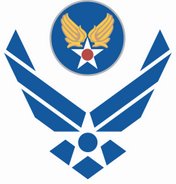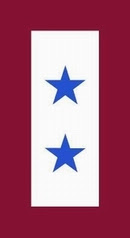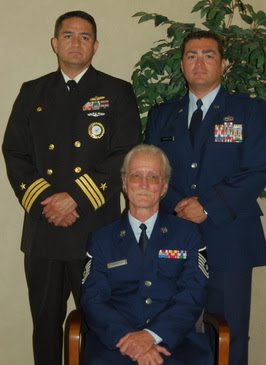Colonel George "Bud" Day, at 88 years of age, in Fort Walton Beach, Florida. Here's Col. Day's fact sheet at AF.mil:
RIP, Sir.A veteran of three wars and the first commander of the Misty FACs, Col. George "Bud" Day is one of the most highly-decorated Airmen in USAF history. After being shot down in 1967, Day persistently defied his captors, for which he was mercilessly tortured. Day received the Medal of Honor and Air Force Cross for his determined and selfless resistance.
In 1942, at age 17, Bud Day enlisted in the U.S. Marine Corps, and he served on a gun battery on Johnson Island for about two years. After the war he earned a law degree and was commissioned in the Iowa Air National Guard. Called to active duty in 1951, he completed pilot training and flew two tours in the Far East as an F-84 pilot during the Korean War.
In 1967, 43-year-old Maj. Bud Day volunteered for duty in Southeast Asia, and became commander of the Detachment 1, 416th Tactical Fighter Squadron, COMMANDO SABRE. This unit was better known by its radio call sign -- Misty -- which was Day's favorite song. On Aug.27, 1967, on his 26th Misty FAC mission, Day was shot down by ground fire over North Vietnam. During the ejection, Day's right arm was broken in three places, along with other injuries. His crewman was quickly picked up by a rescue helicopter, but Day was captured by local militia, beaten and tortured.
After five days, he escaped. In spite of his serious injuries and missing his boots, he traveled over 25 miles. During his arduous travel, he ate only local fruit and raw frogs, and he was further injured when a bomb went off nearby. After about 10 days, Day made it across the Ben Hai River into South Vietnam and a few days later was about two miles away from the Marine base at Con Thien. Tragically, Viet Cong insurgents discovered Day and shot him in the left thigh and left hand.
After being recaptured, Day was returned to the camp from which he escaped. His guards made him pay heavily for his escape, beating him severely. They then forced him to walk many miles to a prison at Vinh, where he was interrogated and further tortured. But, Day did not reveal any useful information to the enemy.
Taken to the "Hanoi Hilton" a short time later, Day endured years of agonizing treatment. Many of his injuries did not heal properly, and his weight dropped to about 100 pounds. Still, Day remained defiant. In the spring of 1968, he was taken to the "Zoo," a punishment camp for "hard resisters." There, he was beaten so hard his vision became blurred. After Ho Chi Minh died in the fall of 1969, the POWs' situation improved somewhat, but Day was still singled out for special treatment.
In 1973, after 67 grueling months in captivity, he was released. The damage by the enemy permanently scarred Day's body, but he tenaciously fought to get well. A year later he was back on flight status, and he qualified as an F-4 pilot. Col Day became vice commander of the 33th Tactical Fighter Wing, and he retired from active service in 1976.





.jpg)




Um...I have no words except one...STUD.
ReplyDeleteNow there was one hell of a man.
ReplyDeleteThe Nuke actually got to meet the man.
I spent a few months in FWB in the near wayback and always hoped I'd run into him. I never did, alas.
DeleteReading Col. Day's story sent shivers through me. What a hero! I like Kris' word, stud.
ReplyDeleteCol. Day really was an inspiration to all of us.
DeleteAll I can say is "Wow!"
ReplyDeleteI hope that during life, he recieved all of the honor he deserved.
That he did, Ed. Col. Day was among the most respected airmen of his generation.
Delete